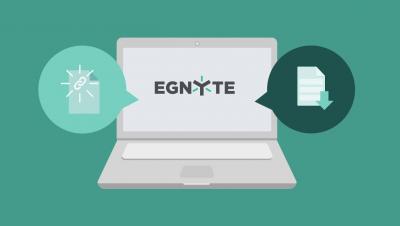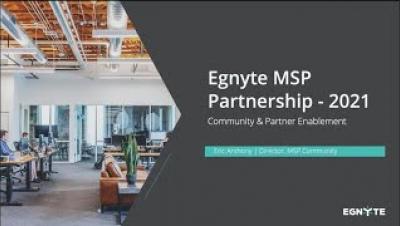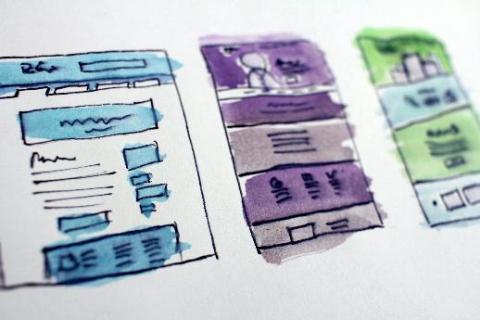Security | Threat Detection | Cyberattacks | DevSecOps | Compliance
File Sharing
Egnyte: The Leader in Cloud Content Collaboration, Governance and Security
MSP 2021 Kickoff Webinar
Connected Folders Explained - and the Top-5 Reasons Users Need Them
Egnyte has always supported the ability to sync an online folder to a user’s desktop. Among other benefits, doing this provides increased performance when working with large files and allows anywhere access to files when offline. A connected folder works in reverse. It’s a folder within a user’s existing file structure that is automatically synced to the Egnyte Cloud.
Behind the Scenes with a CISO - What it Takes to Get More Sleep and Avoid Security Threats
Jason Ozin is the Group Information Security Officer at PIB, a fast-growing group of insurance advisory businesses in the UK, and Egnyte customer. Ozin is responsible for information security, cybersecurity, data governance, and compliance. PIB Group has grown rapidly since launching in 2015, building its team from 12 employees to over 1,400 today, through a combination of acquisitions and organic growth.
Egnyte Rolls Out New Governance and Compliance Tools for the Remote-work Era
From the beginning, Egnyte was architected so that your content would not have to be “boxed in” to any one single environment, but rather can flow seamlessly up, down, side to side across multiple clouds. There are good reasons for this. Sometimes it makes sense for data to be miles away, while other times it needs to be closer to where users actually are (at the edge), or offline altogether.
Securely Growing Sales with Egnyte and Salesforce
When a company was directed by its board to grow revenue, the sales process badly needed to be improved. Hiring new sales staff simply is not enough, and rarely cost-effective. Confronted with this big task, sales teams and IT teams look for a solution that works with their existing ecosystem of tools. While seeking to revamp his sales processes, there are so many options, many companies don’t know where to start.
Annotate and Fill Out PDF Files Directly With the Egnyte Mobile App
Working on PDF documents on mobile devices has been one of the most anticipated features this year. Now, with the integration of PSPDFkit, Egnyte has added this capability to its iOS app (the Android app has this feature in Beta, and it will be launched officially later this fall) Users who work on PDF files now have the tools for fast and easy editing. It reduces the time needed for file preparation as you can do it on the go within one app. It also reduces the costs of annotations.
Redesigning the UI of an Enterprise Application: A Development Case Study
Web design trends come and go at a dizzying pace these days. While it might be easy to completely redo a simple website or a web application, visual design is not often a top priority for large-scale enterprise applications. But even with larger applications, there comes a time when the system’s look and feel becomes dated and the user experience is just not at the level it might be. And it directly impacts customers. It’s probably time for a refresh!
Eliminate Mundane Tasks, Improve Productivity with Egnyte and Microsoft Power Automate
If you’re like most people, you spend far too much time repeating manual tasks. Tasks like saving email attachments, tagging files and writing simple emails are probably not the best use of your talent and energy. Multiply all that work by the number of people in your organization, and you get a clear, if alarming, picture of how much time is wasted on non-essential tasks.











